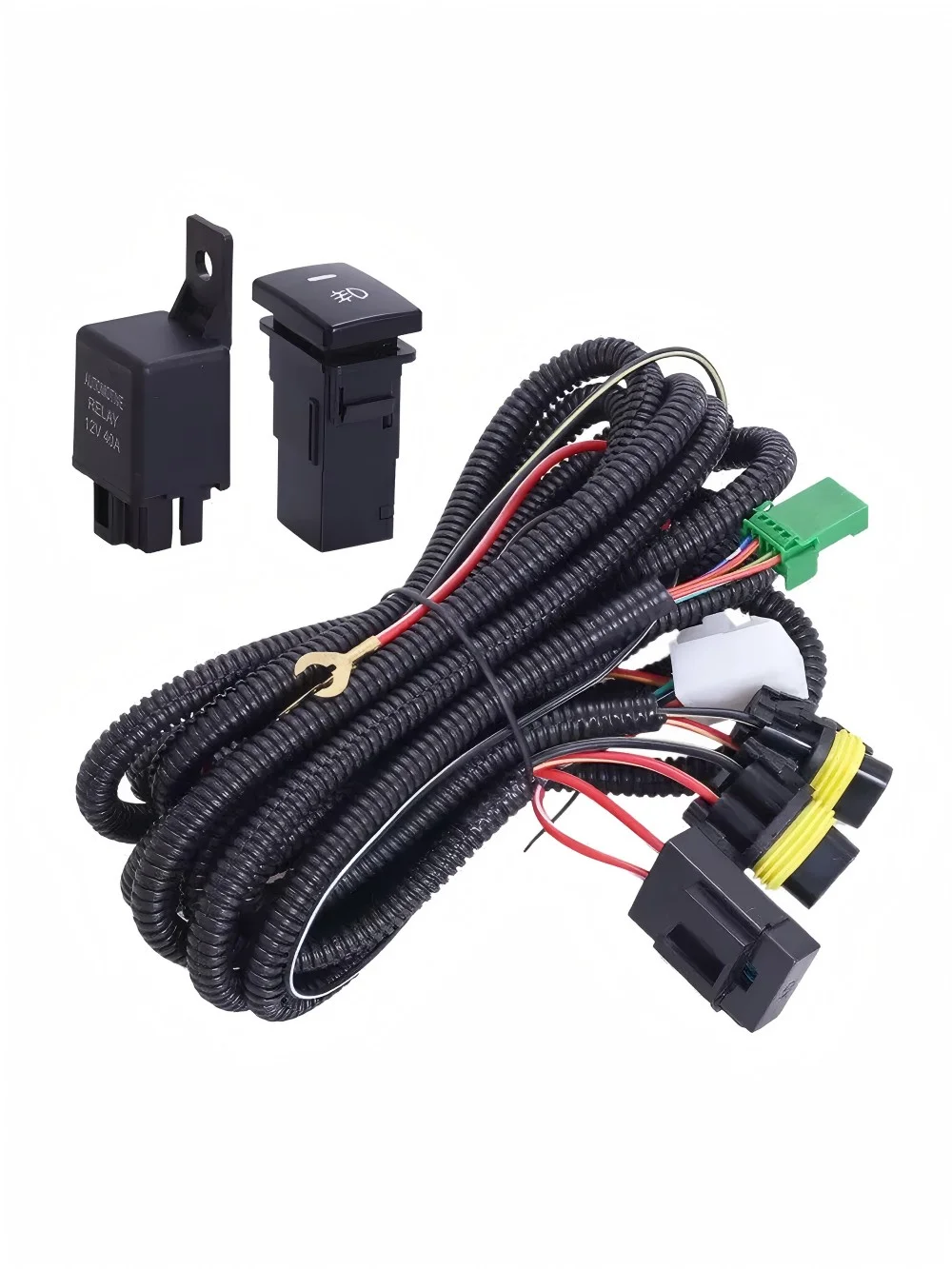When it comes to home design and construction, ventilation is often an overlooked aspect that plays a crucial role in maintaining indoor air quality and overall comfort. As homeowners and builders consider the layout and functionality of a house, a common question arises: Does every room in a house need a vent? This inquiry is not merely a matter of preference; it touches on health, safety, and energy efficiency. In this article, we will explore the necessity of vents in various rooms, the implications of inadequate ventilation, and best practices for ensuring optimal airflow throughout your home.
Understanding Ventilation: The Basics
Ventilation refers to the process of exchanging indoor air with outdoor air to maintain a healthy living environment. It helps to remove excess moisture, odors, and indoor pollutants, while also regulating temperature. There are two primary types of ventilation: natural and mechanical. Natural ventilation relies on windows, doors, and vents to facilitate airflow, while mechanical ventilation uses fans and HVAC systems to control air movement.
The Importance of Vents in Different Rooms
- Living Areas and Bedrooms:
Living rooms and bedrooms are spaces where people spend a significant amount of time. Proper ventilation in these areas is essential for comfort and health. Without adequate airflow, these rooms can become stuffy, leading to a buildup of carbon dioxide and other pollutants. Installing vents or ensuring that windows can be opened will help maintain fresh air circulation, reducing the risk of respiratory issues and enhancing overall well-being. - Kitchens:
Kitchens are notorious for generating heat, moisture, and odors. Cooking activities release steam and airborne particles that can accumulate if not properly ventilated. A range hood vent is crucial in kitchens to expel smoke, grease, and odors outside, preventing them from circulating throughout the home. Additionally, proper ventilation helps to reduce humidity levels, which can prevent mold growth and protect cabinetry and appliances. - Bathrooms:
Bathrooms are another critical area where ventilation is necessary. The combination of heat and moisture from showers and baths creates an ideal environment for mold and mildew. Exhaust fans are essential in bathrooms to remove excess humidity and odors, ensuring a healthier space. Without proper ventilation, homeowners may face costly repairs due to water damage and mold remediation. - Basements and Attics:
Basements and attics often require special attention when it comes to ventilation. Basements can trap moisture, leading to dampness and potential mold growth. Installing vents or dehumidifiers can help mitigate these issues. Similarly, attics need proper ventilation to prevent heat buildup in the summer and moisture accumulation in the winter, which can lead to structural damage and increased energy costs. - Utility Rooms and Laundry Areas:
Utility rooms and laundry areas often house appliances that generate heat and moisture. Proper ventilation in these spaces is essential to prevent overheating and humidity buildup. Installing vents or exhaust fans can help maintain a comfortable environment and protect appliances from damage.
The Risks of Inadequate Ventilation
Failing to provide adequate ventilation in any room can lead to several issues, including:
- Poor Indoor Air Quality: Accumulation of pollutants can lead to respiratory problems and allergies.
- Mold Growth: Excess moisture can create an environment conducive to mold, which poses health risks and can damage property.
- Increased Energy Costs: Poorly ventilated spaces can lead to inefficient heating and cooling, resulting in higher energy bills.
- Structural Damage: Moisture buildup can weaken building materials, leading to costly repairs.
Best Practices for Ventilation in Every Room
- Assess Your Home's Layout: Consider the flow of air throughout your home. Ensure that each room has access to fresh air, whether through windows, vents, or doors.
- Install Exhaust Fans: In areas prone to moisture, such as kitchens and bathrooms, install exhaust fans to remove excess humidity and odors.
- Use HVAC Systems Wisely: Ensure that your heating, ventilation, and air conditioning (HVAC) system is properly sized and maintained to provide adequate airflow throughout the home.
- Consider Natural Ventilation: Utilize windows and doors to promote natural airflow, especially in living areas and bedrooms.
- Regular Maintenance: Regularly check and clean vents, ducts, and exhaust fans to ensure they are functioning properly and not obstructed.
Conclusion
In conclusion, while it may be tempting to overlook the need for vents in certain rooms, the reality is that every room in a house benefits from proper ventilation. From living areas to utility rooms, ensuring adequate airflow is essential for maintaining a healthy, comfortable, and energy-efficient home. By understanding the importance of ventilation and implementing best practices, homeowners can create a living environment that promotes well-being and longevity. So, the answer to the question, Does every room in a house need a vent? is a resounding yes—because a well-ventilated home is a happy home.



